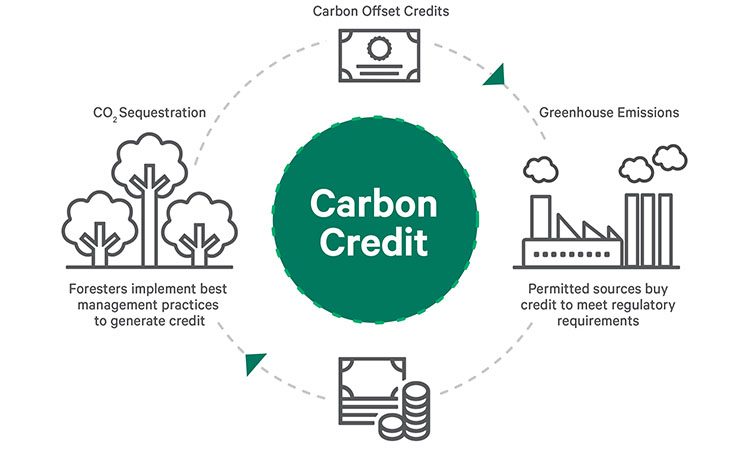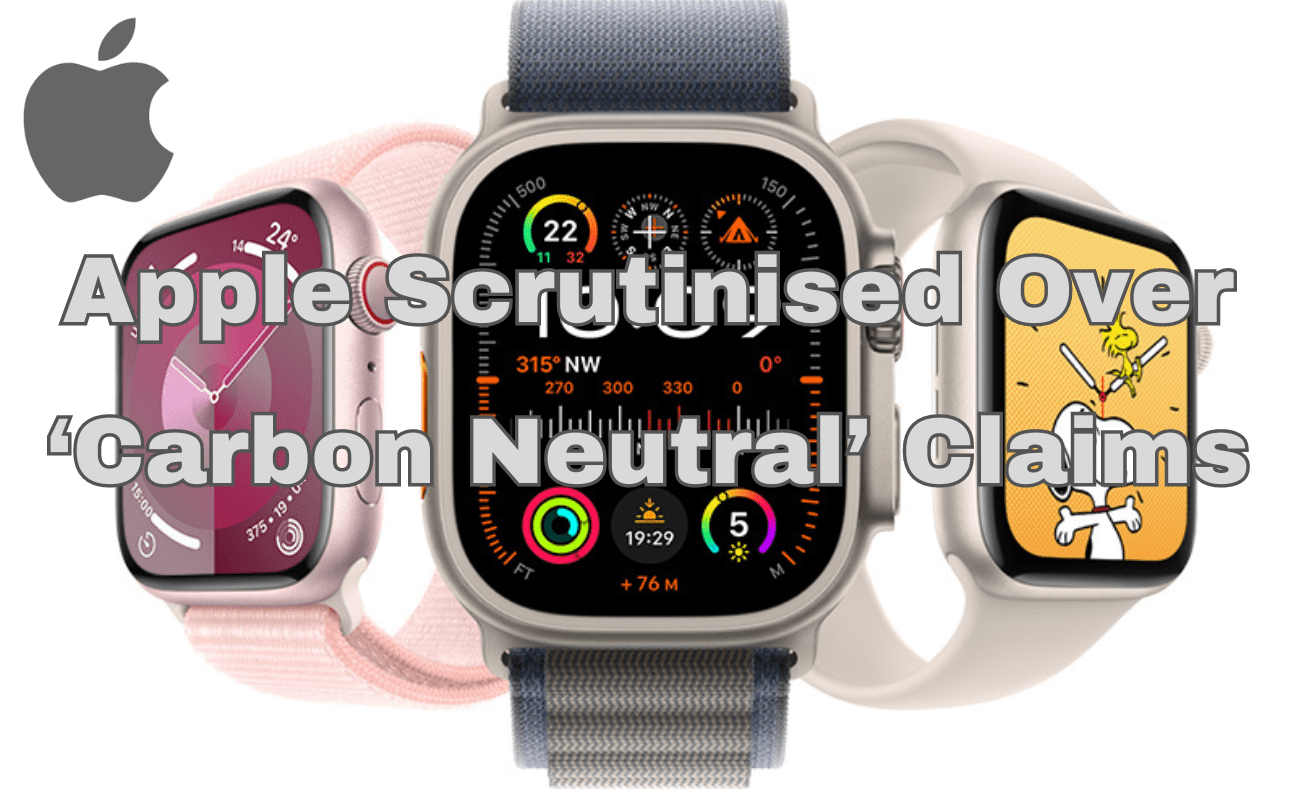In a world increasingly focused on environmental responsibility and corporate accountability, tech giant Apple finds itself in the hot seat as European environmental and consumer groups cast a discerning eye on its recent ‘carbon neutral’ claims.
The controversy surrounding these assertions has ignited a broader debate on green marketing practices and the authenticity of sustainability commitments within the technology industry.
Let’s together take a closer look and delve deeper into the details of this contentious issue.
A Bold Stance Amidst Scepticism
Apple, during its much-hyped annual product launch, proudly flaunted its ‘environmentally friendly’ credentials, going as far as to label certain Apple Watch models as its ‘first-ever carbon neutral products.’
Furthermore, the company has made it clear that it intends to extend this classification to all its devices by the end of the decade. However, the crux of the matter lies in the methods employed to achieve this ‘carbon neutrality.’
Apple’s strategy involves offsetting the 7-12kg of greenhouse gas emissions produced by each new Watch by purchasing carbon credits, a move that has raised eyebrows among consumer groups and European authorities alike.
As Brussels prepares to crack down on ‘greenwashing,’ the European consumer organisation BEUC vehemently asserts that carbon-neutral claims are scientifically inaccurate and misleading to consumers.
The double tap gesture for Apple Watch Series 9 and Ultra 2 is here! 🤏🏼🤏🏼 pic.twitter.com/4WXi3MOPw6
— Tim Cook (@tim_cook) October 25, 2023
Apple’s Defence: A Climate Commitment
In response to the mounting criticism, Apple has staunchly defended its actions as a demonstration of its industry-leading climate commitment.
The company emphasises the necessity of immediate and substantial emissions reduction coupled with investments in conservation and large-scale carbon removal to achieve global climate goals.
Moreover, Apple’s efforts in reducing emissions and achieving recycling targets stand in stark contrast to its competitors, with Samsung being singled out for omitting key emission details from its 2050 net-zero target.
However, Apple continually contends that its actions are a testament to a commitment to environmental responsibility that sets it apart from its rivals.
EU’s Clampdown on ‘Neutrality’ Claims
The European Union has not remained silent on the matter. Brussels has declared its intention to ban ‘neutrality’ claims based on the purchase of carbon credits by 2026.
The European Parliament and Council reached a political agreement to ban ‘misleading advertisements,’ including those making claims of neutral, reduced, or positive environmental impact through emissions offsetting schemes.
However, some critics argue that simply tracking carbon emissions may not offer a comprehensive assessment of the environmental impact of small electronic devices, like smartwatches and wireless earbuds. These devices can be challenging to repair and often contribute to electronic waste.
Debating the Quality of Carbon Credits
Questions have also arisen about the quality of carbon credits purchased by Apple.
While Apple asserts that these credits will offset emissions linked to the Watch’s manufacturing, shipping, and charging, critics argue that the credits may not be of a high enough quality to permanently remove carbon dioxide from the atmosphere.
Schemes funded by Apple, such as reforestation projects in Paraguay and Brazil, have been scrutinised. Critics question the long-term effectiveness of timber plantations in locking away carbon, as many of the newly planted trees are harvested for timber within a decade.

Looking Ahead: Apple’s Pledge and Alternatives
Apple maintains that its approach to decarbonising products serves as a blueprint for businesses to make meaningful emissions reductions across their value chains.
Furthermore, the company places emphasis on reducing emissions and scaling nature-based carbon removal techniques as it works towards its 2030 goals.
Scientists at the UN Intergovernmental Panel on Climate Change suggest that carbon removal techniques beyond vegetation-based approaches, such as injecting carbon dioxide into rocks, are more effective in the long term.
Evaluating Apple’s Environmental Impact
Apple’s latest edition of the Watch demonstrates notable progress in achieving its materials recycling targets. For example, the battery contains only recycled cobalt, and the casing is made from recycled aluminium.
The company claims to have reduced up to 81% of emissions linked to the Watch compared to a 2015 baseline and has pledged to cut 90% of group-level emissions from that baseline by 2050.
In contrast, its main rival Samsung has faced criticism for not including emissions from manufacturing and consumer product use, which constitute a substantial portion of its carbon footprint, in its 2050 net-zero target.
Samsung, however, has stated its intention to evaluate its carbon levels and evolve its approach to align with the actions necessary for achieving net zero.
The Complex Reality
The ongoing debate surrounding Apple’s ‘carbon neutral’ claims underscores the complexity and sensitivity of environmental marketing in today’s world. While Apple’s commitment to environmental responsibility is evident, the efficacy of its chosen methods is subject to rigorous scrutiny.
As the world grapples with climate change, consumers and regulators alike demand transparent and verifiable sustainability practices from corporations. Apple’s journey towards carbon neutrality is but one chapter in a much larger narrative of corporate responsibility in the face of pressing environmental challenges.
As the debate rages on, the world watches with keen interest to see how tech giants navigate the intricate web of sustainability and accountability.









